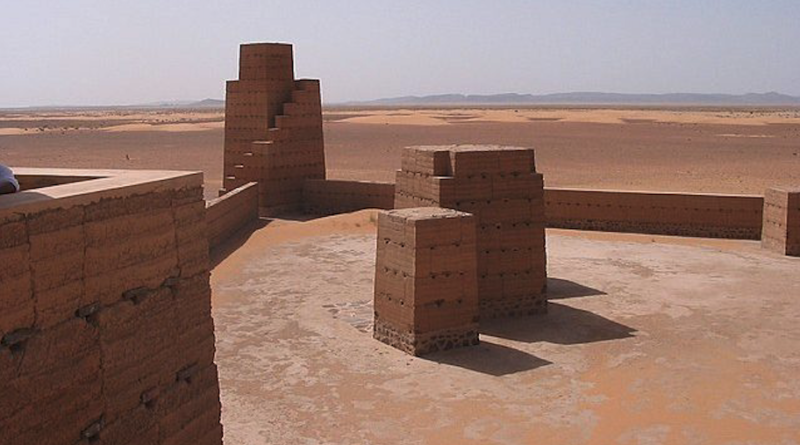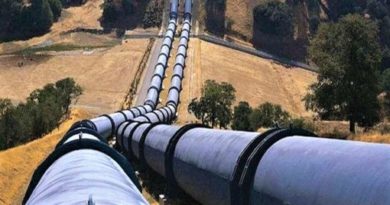The City linking Morocco to Timbuktu in anciently
Sijilmasa, a city located in present-day Morocco, was once a prominent trading center and an important political hub in the medieval era. It was the gateway to the African continent for trade caravans traveling from Europe and North Africa, and it was a hub for the exchange of goods, culture, and ideas.
Historical significance
Sijilmasa was founded in the 8th century by the Amazigh tribe of Ait Midrar, who were part of the larger Zenata confederation. The city was strategically located on the northern edge of the Sahara Desert, near the border of present-day Morocco and Algeria. Its location made it an ideal trade hub for caravans coming from the north and the south.

The city grew rapidly in the 9th century, becoming a center of learning and culture. Scholars from all over the Islamic world came to Sijilmasa to study and exchange ideas. The city also became a center for the spread of Islam in the region.
In the 10th century, Sijilmasa grow in influence of great importance in the Maghreb region, which included present-day Morocco, Algeria, Tunisia, and Libya. The Ait Midrar dynasty ruled the city and the surrounding region.
A Center of cross-regional trade
Trade was the lifeblood of Sijilmasa, and the city became famous for its markets, which sold a wide variety of goods, including gold, ivory, spices, and slaves. The city also had a thriving agricultural sector, with date palms, olives, and cereals being grown in the fertile oasis around the city.

Instability and decline
The city’s fortunes began to decline in the 11th century after the rise of the Almoravids. This Amazigh dynasty originating from present-day Mauritania and the Sahara Desert, conquered Sijilmasa and brought it under their rule. The Almoravids were less tolerant than the Ait Midrar, and they imposed their strict interpretation of Islam on the region, which led to a decline in trade and cultural exchange of the city.
Sijilmasa was finally abandoned in the 14th century, after a period of decline and instability. Today, the ruins of the city can still be seen in the desert near present-day Erfoud, Morocco. Despite its decline, Sijilmasa remains an important historical site and a symbol of the region’s rich cultural and economic history.


